Based on Behavior: The Forgotten Curriculum
Student empowerment is a popular topic. And it should be.
Student empowerment is often represented along a continuum. On one end of this continuum is compliance. On the other end is empowerment. Somewhere in between is engagement.
John Spencer and A. J. Juiliani, in their excellent book Empower: What Happens When Student Own Their Own Learning, describe each of the terms in the following way:
- Compliance: Inclination to agree with others or obey rules, especially to an excessive degree; acquiescence.
- Engaged: The merging of two key factors: high commitment and high attention.
- Empowerment: Giving students the knowledge and skills to pursue their passions, interests, and future.
In my district, I observe teachers increasingly empowering students: 1) promoting more personalized learning for students, 2) designing experiences that are related to student interests, and 3) partnering with students as they track their progress toward mastery of learning targets.
Empowering students may go by different names or may be defined by different terms:
- It may be described as student ownership.
- It may involve greater individualization and personalization of learning.
- It may allow students greater choice over the pace, place, path, and time (of day) of learning.
- Referring to choice, it may result in increased choice and voice regarding their learning, and greater agency (or greater influence or a greater stake or more responsibility) in their learning journey.
- It may be represented by tasks that are more rigorous and more relevant.
However we define empowerment, there is agreement that more student involvement in what takes place in classrooms and schools is a good and necessary thing, promoting higher levels of motivation and better preparing students to succeed in school, college, career, and life.
(As an aside, in my district, we do not believe that empowerment is inherently good and that compliance is inherently bad. Elements of compliance, engagement, and empowerment are likely present in the minute-to-minute, hour-to-hour, day-to-day, and week-to-week cycle of a classroom community.)
Staff Empowerment
The shifts along this compliance-engagement-empowerment continuum don’t only apply to students; we should apply them to ourselves, the adults and educators within districts and schools.
There are student needs about which we cannot and should not continue to complain. There are staff needs about which we cannot and should not continue to complain.
We must act. We must embrace empowerment.
As a teacher and principal, I was embarrassed by my feelings of helplessness and by my ignorance of what to do when attempting to support students with unique behavioral needs. Eventually, instead of complaining about student behaviors, instead of expecting others to fix students’ behavioral challenges, we acted.
We recognized that behavioral skills, like academic skills, need to be defined, unpacked, and explicitly taught (and modeled and nurtured). We accepted that, when wondering what to do (and who would do it) regarding student behaviors, we were the answer we’d been waiting for. We studied. We learned. We put systems of support into place. Over time, we moved from complaining to compliance to engagement to empowerment.
So what would staff empowerment look like when applied to nurturing positive and productive student behaviors and life skills?
Staff members would start by enthusiastically accepting (embracing) the responsibility for nurturing essential behavioral skills with and within students. If not us, then who?
The staff would then—with the involvement of parents, students, and community members—identify those behaviors deemed to be most critical to success: skills such as positive mindsets, perseverance, organization, study skills, and social respect and responsibility may emerge as important attributes. School communities may recognize that student attendance at school, the completion of classwork and homework, and the ability to be engaged in classroom lessons and collaborative work depend upon skills that are not necessarily innate and that can and must be taught and learned. Staff would finally conclude that a motivated student, a student who appears to be motivated, is a student who possesses and consistently displays these behavioral skills.
Identifying essential behavioral skills would naturally lead to defining what it looks like and sounds like when these behavioral skills are displayed. Following the same processes and principles we use in academics, the staff would then collaboratively plan for the instructional pedagogies, practices, opportunities, and experiences that could be planned and delivered so that all students receive core instruction in behaviors. Staff would gather evidence (assess) student mastery of these skills so that future teaching and learning would be proactively informed and would plan (in advance) for the differentiated supports that some students will need.
The staff would be empowered and would feel empowered. They would accept that if all means all—if all students must learn at high levels—then we must anticipate that some students will experience difficulties in meeting these expectations because of behavioral skill needs, and they’d be ready and willing to support these needs. Tier 2 and 3 supports would be anticipated and planned for, just as they can and should be for academic skills.
It’s all right. As educators, we weren’t necessarily trained to teach behaviors. It’s not all right, however, to ignore the need and abdicate the responsibility for the teaching and learning of behavioral skills.
We must advance beyond compliance (“OK, I’ll follow this classroom management plan and the student handbook that tells me the consequences I can assign when students misbehave”) toward empowerment, taking charge and taking responsibility for teaching students the behavioral skills they need to succeed, and preparing the supports necessary for all students to learn these vital life skills.



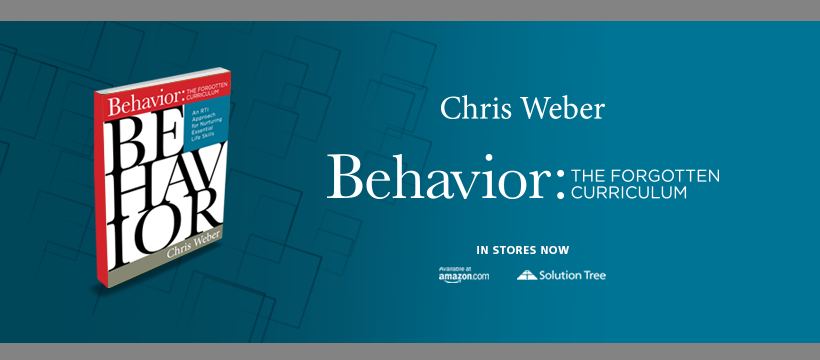
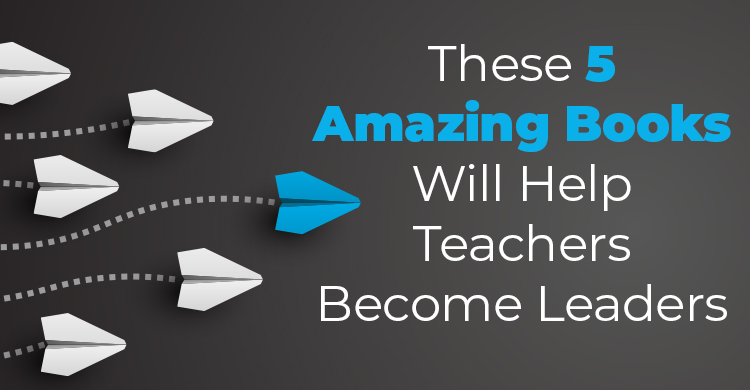
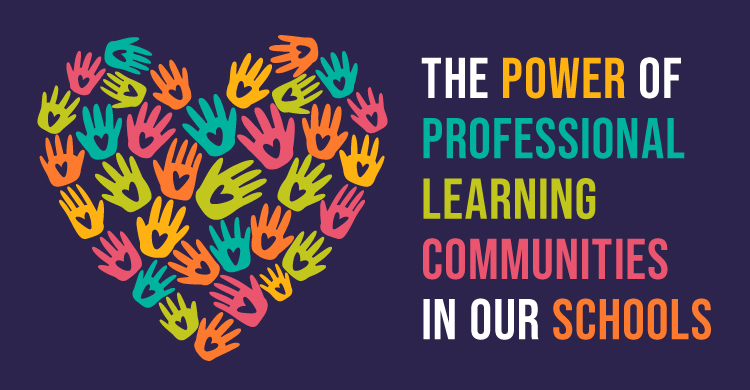
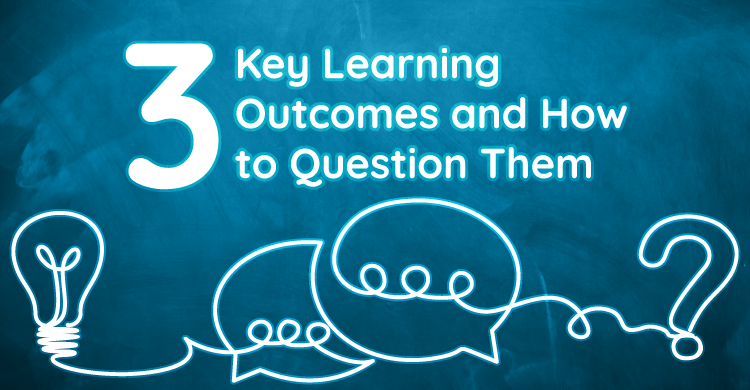
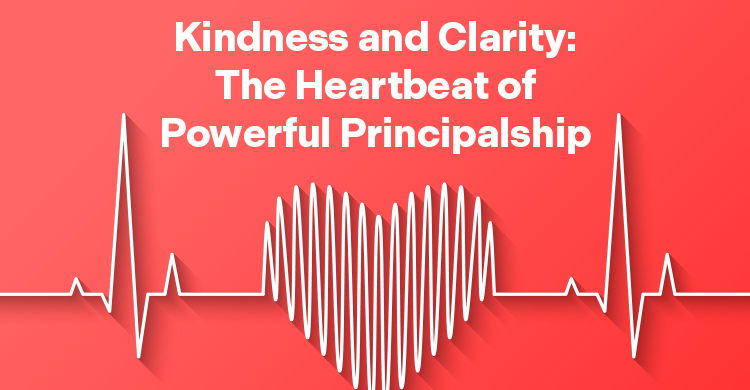
Currently our school has taken on the “Kindness Challenge for Middle Schools” that touch upon how teachers must do many of the things stated above in order to allow our students to learn better. The program encourages teachers to be in touch with the needs of our students and to understand where they are coming from in order to progress their learning. For example, by identifying our students and their behavior skills, as stated above, the “Kindness Challenge” suggests that teachers can no longer just blame the student for not being motivated or being a “bad seed”, we must understand where that behavior is coming from (whether it be from home circumstances, peer pressure or a disability) and treat that student by not addressing the behavior, per se, but by understanding that the student may be under a situation he/she has no control over. I am a special education English teacher and although we are not licensed to diagnose a certain behavior or disability, I know that when a child acts up in my class, it is because he/she cannot read the passage I had just assigned (also by reviewing and following their IEPs). Therefore, I will utilize other means to get the meaning across to that student by either reading the passage to him/her, using a device such as audible.com to read to the child, or chunk the reading into more manageable reading tasks. Even if it is not an accommodation on his IEP, I need to use whatever resources are at my disposal to help that child. It is not only an act of kindness, but my job as a teacher to try to help that student learn by differentiation. One solution is that I can have a buffer time set aside to handle my students concerns /shortcoming so they understand the lesson or passage. I have shared some of my strategies with my general education colleagues and they have never tried some of them, nor even thought of using some of the strategies I have suggested for a student with behavior difficulties.